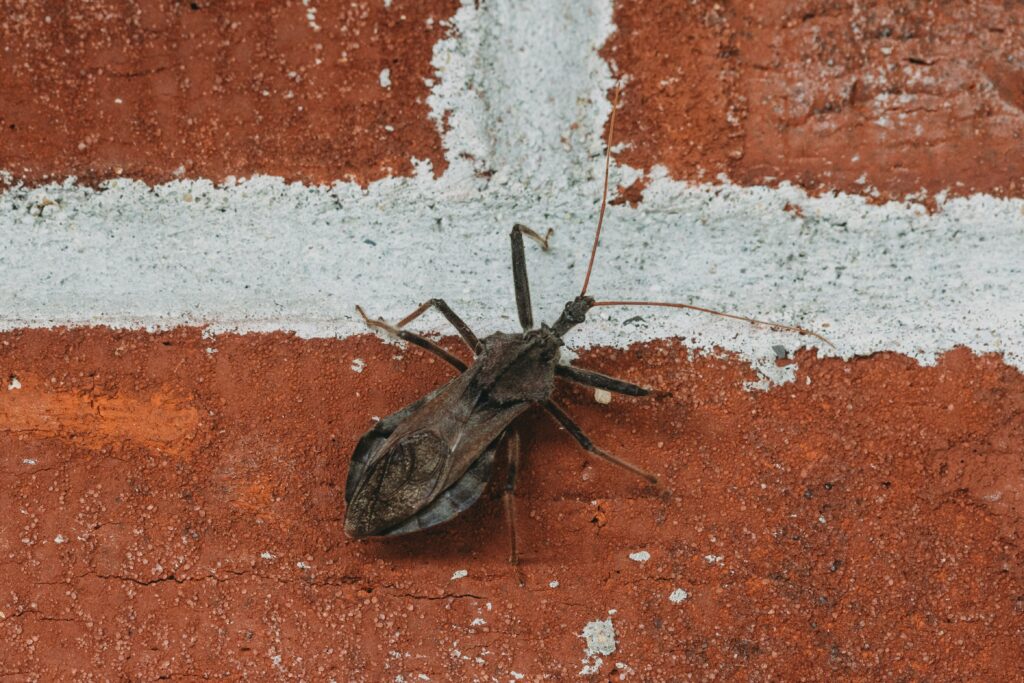In the shadowy corners of nature’s most macabre theater, one tiny assassin has mastered the art of wearing death itself as camouflage. This isn’t the stuff of horror movies or gothic nightmares—it’s the real-life survival strategy of one of nature’s most cunning predators. While most insects rely on speed, venom, or armor to survive, this remarkable creature has evolved a far more shocking approach: it literally cloaks itself in the corpses of its victims.
Meet the Assassin Bug: Nature’s Ultimate Camouflage Artist
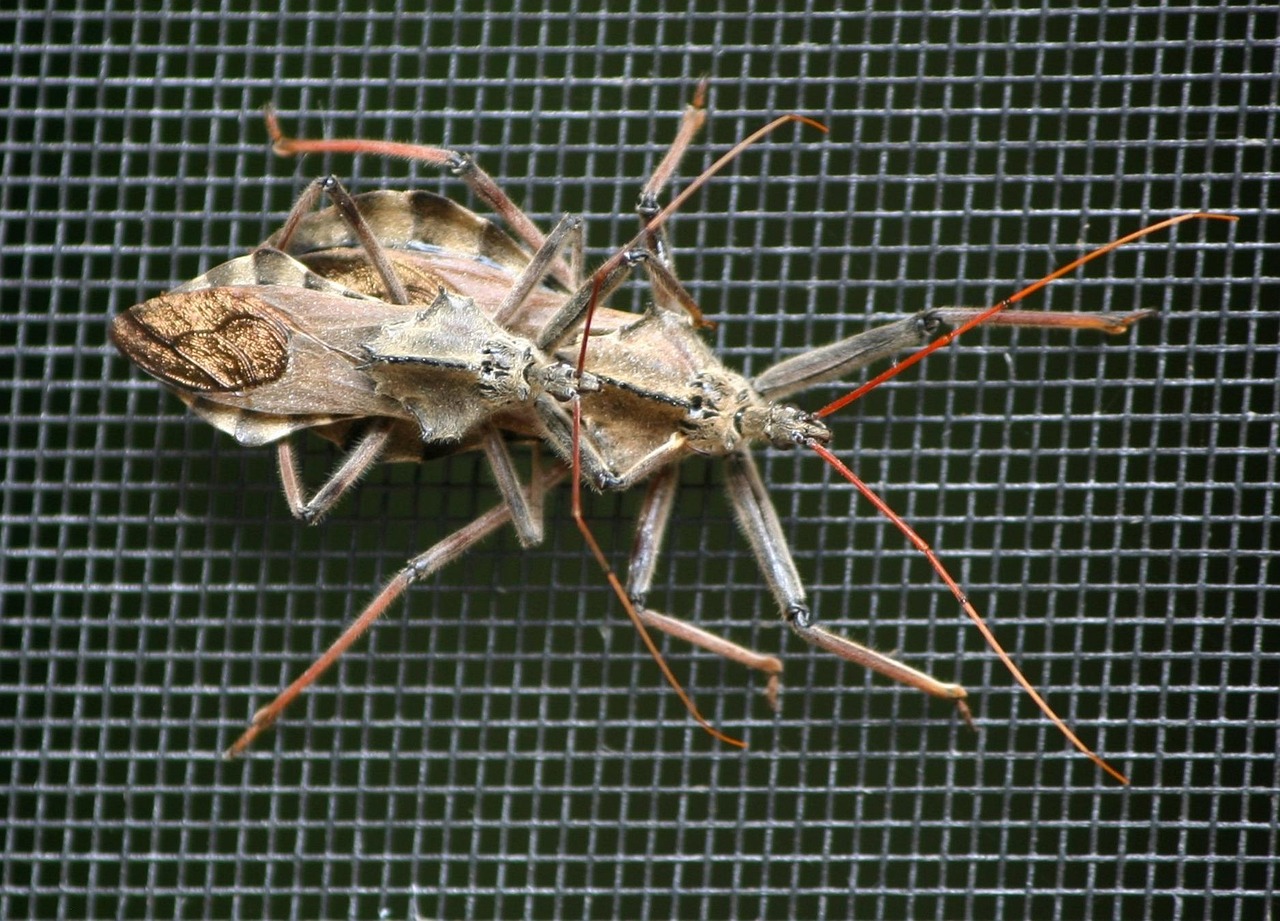
The assassin bug, scientifically known as Acanthaspis petax, represents one of nature’s most ingenious examples of adaptive camouflage. These small but deadly predators belong to the family Reduviidae, which includes over 7,000 species worldwide. What sets A. petax apart from its relatives isn’t just its hunting prowess—it’s the disturbing yet brilliant way it decorates itself with death.
Found primarily in tropical and subtropical regions, these bugs measure only about 12 millimeters in length. Their bodies are equipped with a specialized curved proboscis that functions like a lethal syringe, capable of delivering paralyzing venom to unsuspecting prey. But their most remarkable feature isn’t visible until after they’ve begun their grisly collection process.
The Gruesome Art of Corpse Collection
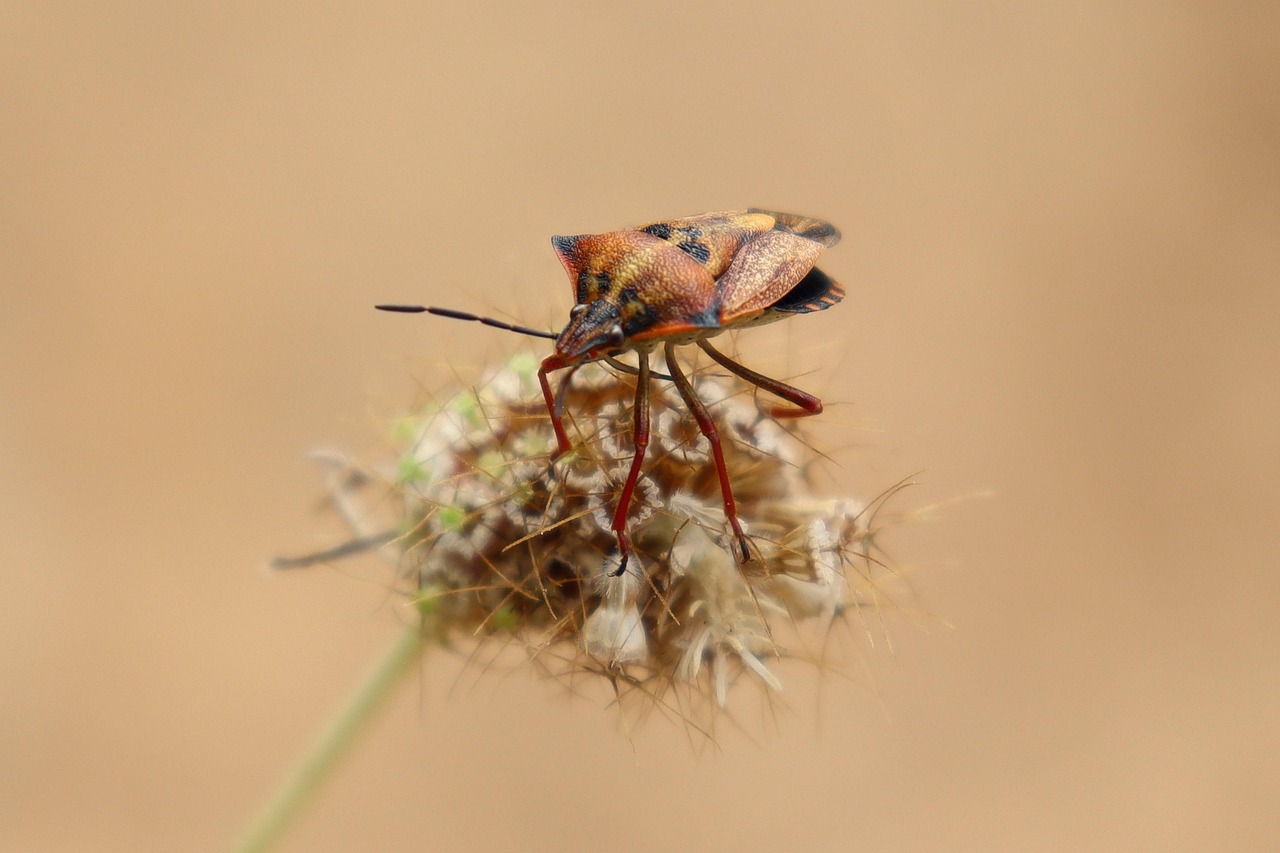
The process begins immediately after the assassin bug makes its first kill. Using specialized sticky secretions produced by glands on its back, the bug carefully adheres the corpse of its victim to its own body. This isn’t random decoration—it’s a calculated survival strategy that has been refined over millions of years of evolution.
The bug shows remarkable selectivity in its corpse collection, often choosing victims of similar size and texture. Ants are particularly favored additions to their macabre wardrobe, as their hard exoskeletons provide excellent structural support. The entire process can take several minutes, during which the assassin bug methodically positions each corpse for maximum coverage and effectiveness.
Building the Perfect Suit of Armor
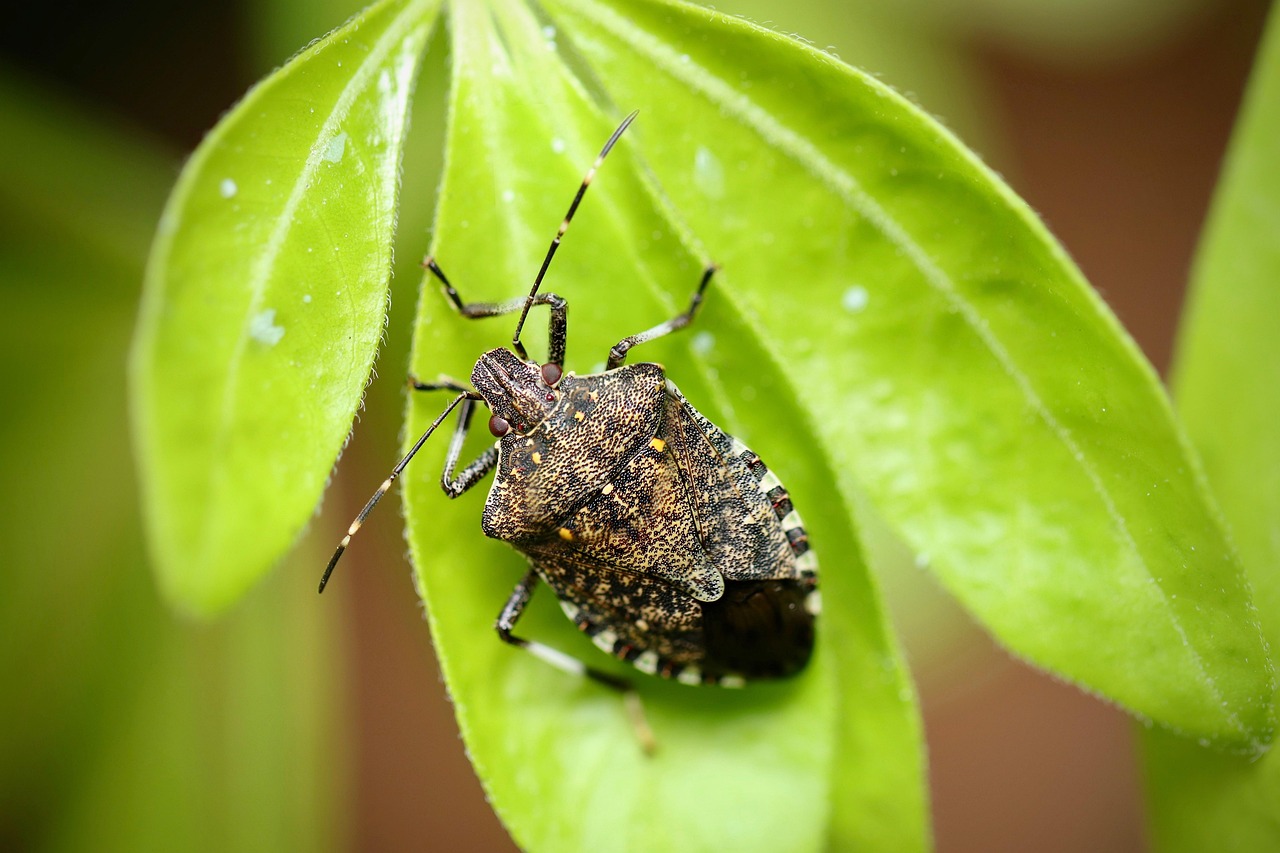
Over time, successful assassin bugs can accumulate layers upon layers of deceased prey, creating what researchers have dubbed a “corpse coat.” This gruesome garment can contain anywhere from 20 to 200 individual corpses, depending on the bug’s hunting success and the size of its victims. The arrangement isn’t haphazard—older corpses form the foundation, while fresher kills are added to the outer layers.
The structural integrity of this death suit is maintained through a combination of natural adhesives and careful positioning. Each corpse is oriented to minimize drag while maximizing protective coverage. The result is a walking mound of death that would make any medieval knight’s armor seem primitive by comparison.
The Science Behind the Camouflage
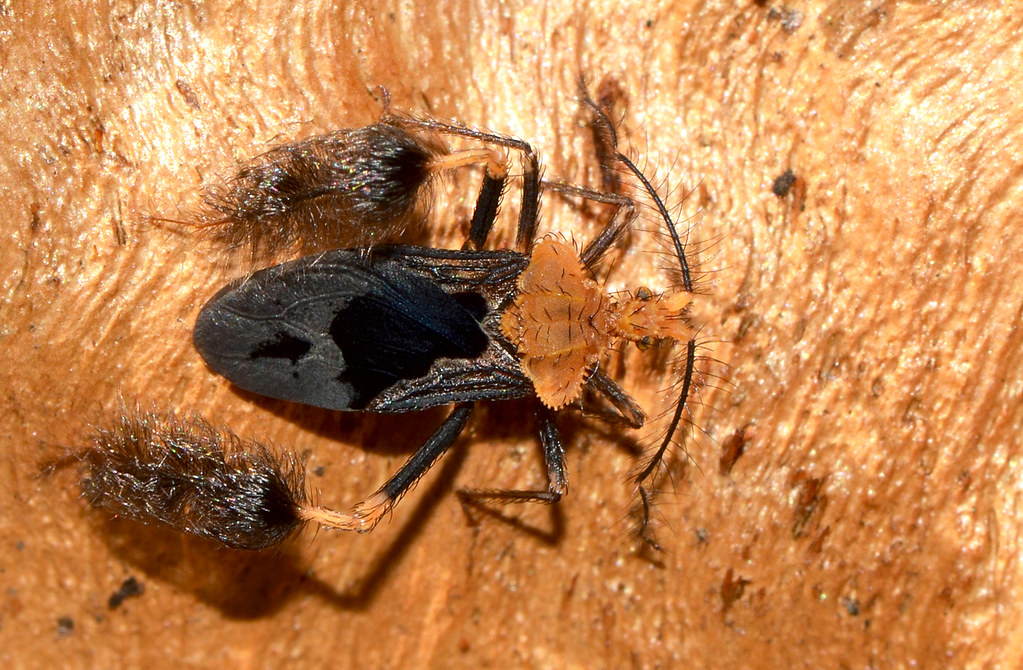
Research conducted by entomologists has revealed the sophisticated nature of this disguise system. The corpse coat serves multiple functions beyond simple camouflage—it actually alters the bug’s chemical signature, making it virtually invisible to certain predators. The decomposing bodies release compounds that mask the assassin bug’s natural scent, creating a form of chemical camouflage that’s nearly impossible to detect.
Additionally, the visual disruption caused by the irregular surface of the corpse coat breaks up the bug’s outline, making it difficult for visual predators to identify it as prey. This dual-layer protection—chemical and visual—represents one of nature’s most sophisticated camouflage systems. Studies have shown that assassin bugs wearing their corpse coats are up to 10 times less likely to be detected by predators compared to their naked counterparts.
Hunting Strategies of the Disguised Predator

Wearing a suit of corpses might seem like it would hinder hunting, but assassin bugs have adapted their techniques to work with their macabre attire. They typically employ ambush tactics, remaining perfectly still while waiting for unsuspecting prey to venture within striking distance. The corpse coat actually enhances this strategy by making the bug appear as nothing more than a pile of dead insects—hardly threatening to potential victims.
When prey approaches, the assassin bug can strike with lightning speed, extending its proboscis to deliver a lethal injection of digestive enzymes and toxins. The victim is paralyzed almost instantly, allowing the bug to feed at leisure. Once finished, the newest corpse is carefully added to the collection, perpetuating the cycle of death and decoration.
The Evolutionary Advantage of Wearing Death
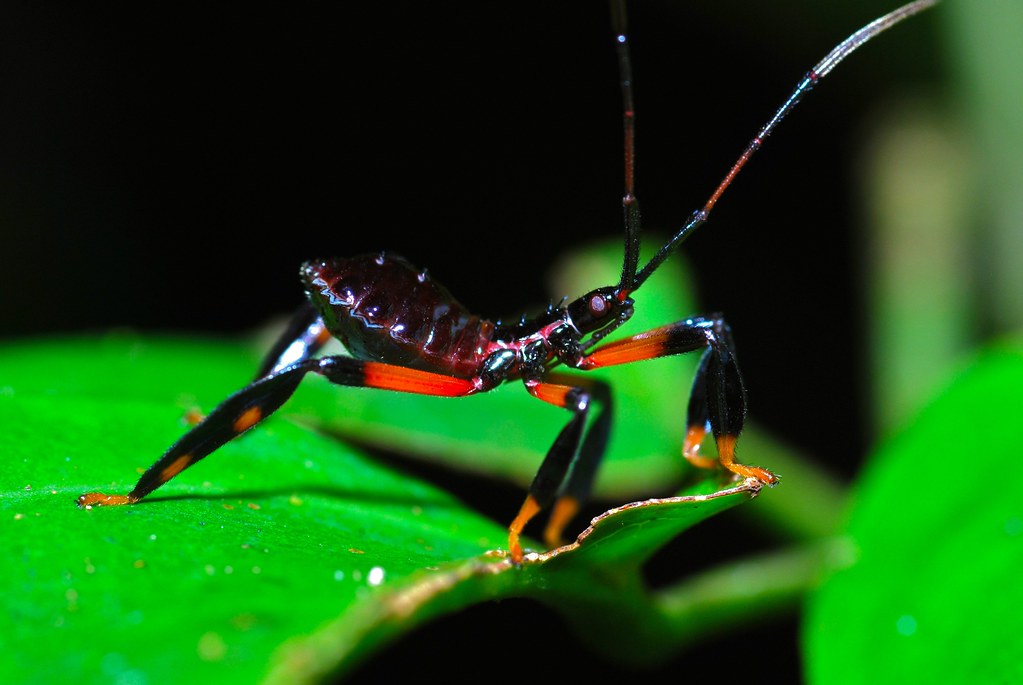
From an evolutionary perspective, the corpse coat represents a perfect example of how extreme selective pressure can drive the development of seemingly bizarre adaptations. Assassin bugs that successfully evaded predators while hunting were more likely to survive and reproduce, passing on their corpse-wearing genes to the next generation.
This behavior likely evolved in response to the presence of jumping spiders, which are primary predators of assassin bugs. The visual confusion created by the corpse coat makes it extremely difficult for spiders to identify the bug as prey. Research has demonstrated that spiders are significantly less likely to attack corspe-coated assassin bugs, even when they’re placed directly in front of them.
Chemical Warfare Through Decomposition
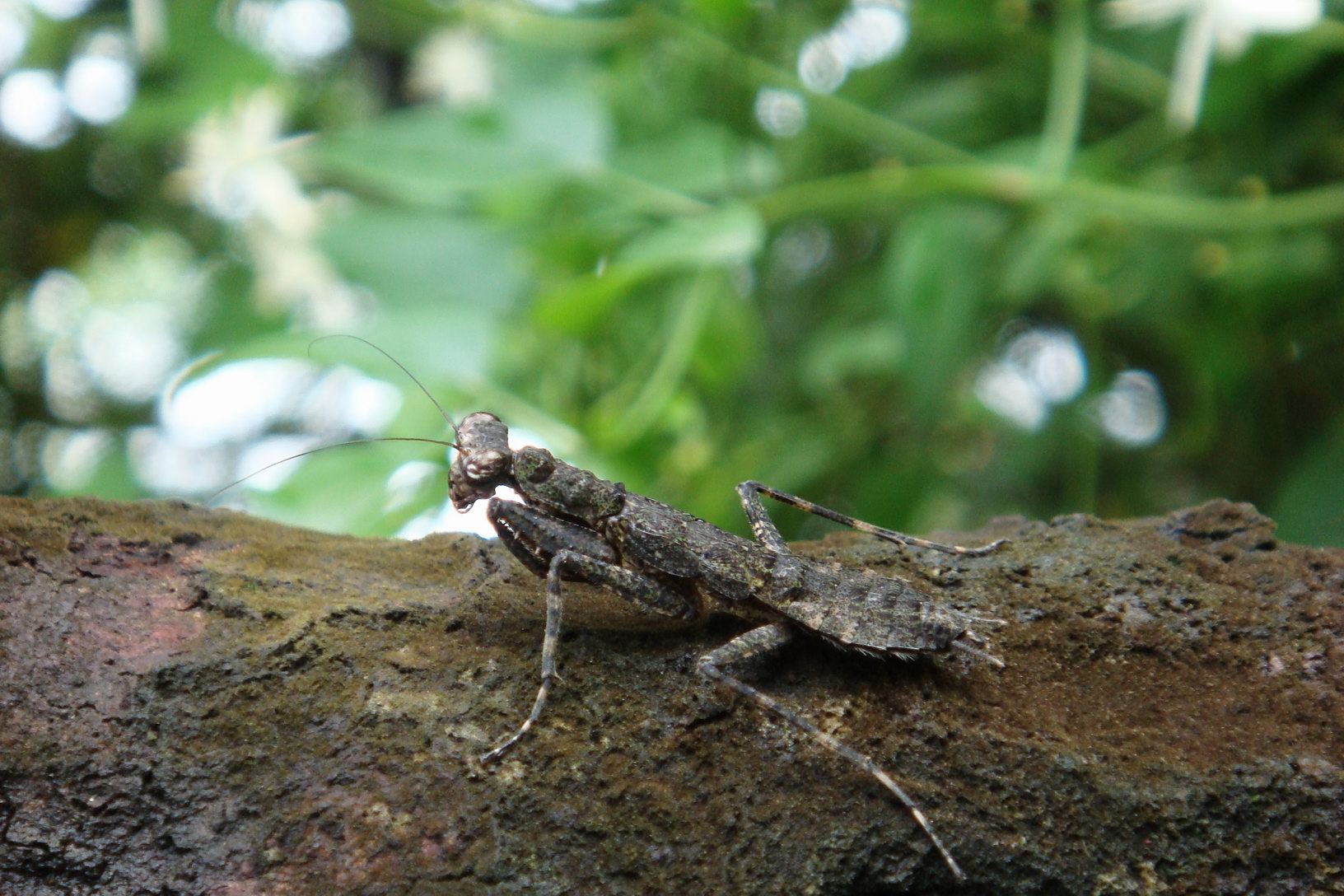
The decomposing corpses don’t just provide visual camouflage—they create a complex chemical environment that actively repels potential predators. As the bodies break down, they release a cocktail of compounds including putrescine, cadaverine, and various organic acids. These chemicals are naturally repulsive to most predators, creating a protective barrier around the assassin bug.
This chemical defense system is particularly effective against arthropod predators, which rely heavily on chemical cues for hunting. The overwhelming scent of death masks the assassin bug’s natural pheromones, making it virtually undetectable to creatures that would normally prey upon it. It’s like wearing a cloak of invisibility made entirely of rotting flesh.
The Maintenance of a Macabre Wardrobe
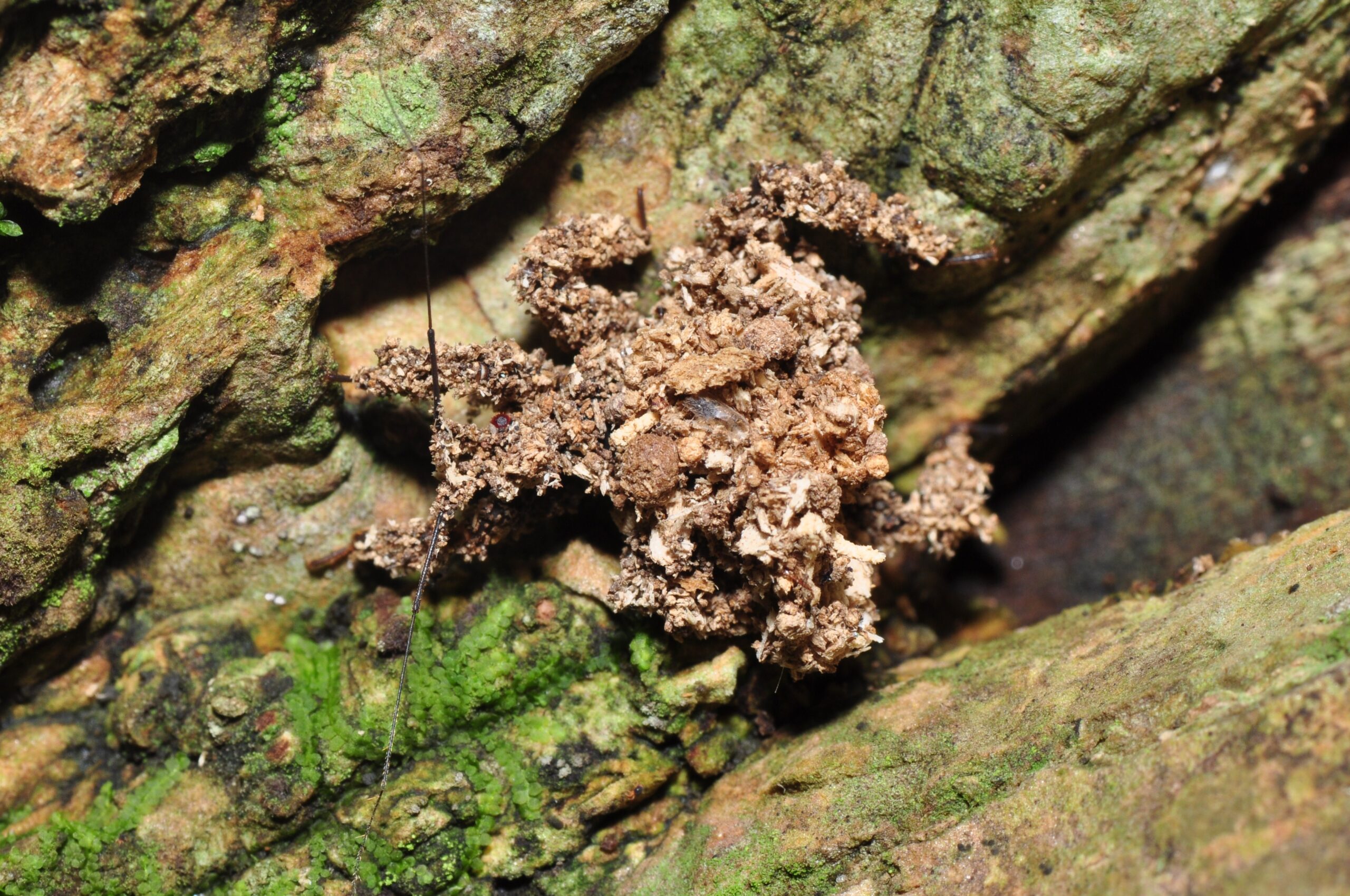
Maintaining a corpse coat requires constant attention and care. As bodies decompose and fall off, they must be replaced with fresh kills to maintain the protective barrier. Assassin bugs have been observed grooming their corpse coats, repositioning bodies that have shifted and removing pieces that have become too decomposed to serve their purpose.
This maintenance behavior demonstrates a level of tool use that’s remarkable among insects. The assassin bug treats each corpse as a component in a larger protective system, showing an understanding of cause and effect that challenges our assumptions about insect intelligence. The process requires significant energy investment, suggesting that the benefits of wearing corpses far outweigh the costs.
Regional Variations in Corpse Coat Construction
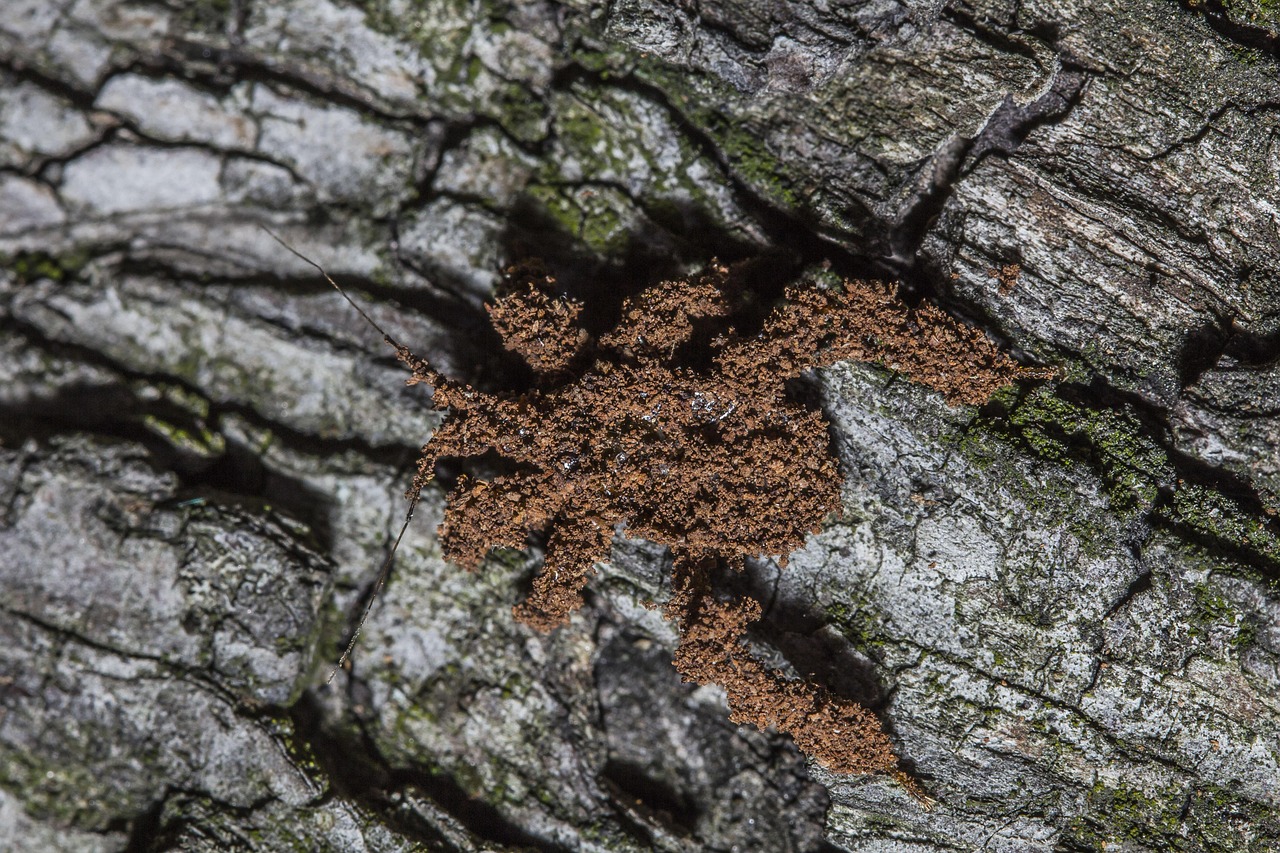
Different populations of assassin bugs have developed distinct variations in their corpse coat construction techniques. In areas with abundant ant populations, the coats tend to be more uniform and densely packed. Where prey diversity is higher, the coats become more eclectic, featuring a mixture of different insect species and body parts.
Climate also plays a role in corpse coat architecture. In humid environments, where decomposition occurs more rapidly, bugs must hunt more frequently to maintain their protective covering. Desert populations, by contrast, can maintain their coats for longer periods, sometimes carrying the same corpses for weeks or even months.
The Social Implications of Corpse Wearing
Interestingly, the presence of a corpse coat appears to affect how assassin bugs interact with their own species. Heavily decorated individuals are often avoided by their peers, possibly due to the chemical signals emanating from their decomposing cargo. This social isolation may actually benefit the corspe-wearing bugs by reducing competition for prey and territories.
Mating behaviors are also influenced by corpse coat presence. Males with impressive corpse displays are sometimes more successful at attracting mates, suggesting that the coat serves as a signal of hunting prowess and survival ability. However, the logistics of mating while wearing dozens of corpses presents obvious challenges that these insects have somehow managed to overcome.
Predator Responses to the Corpse Coat Strategy
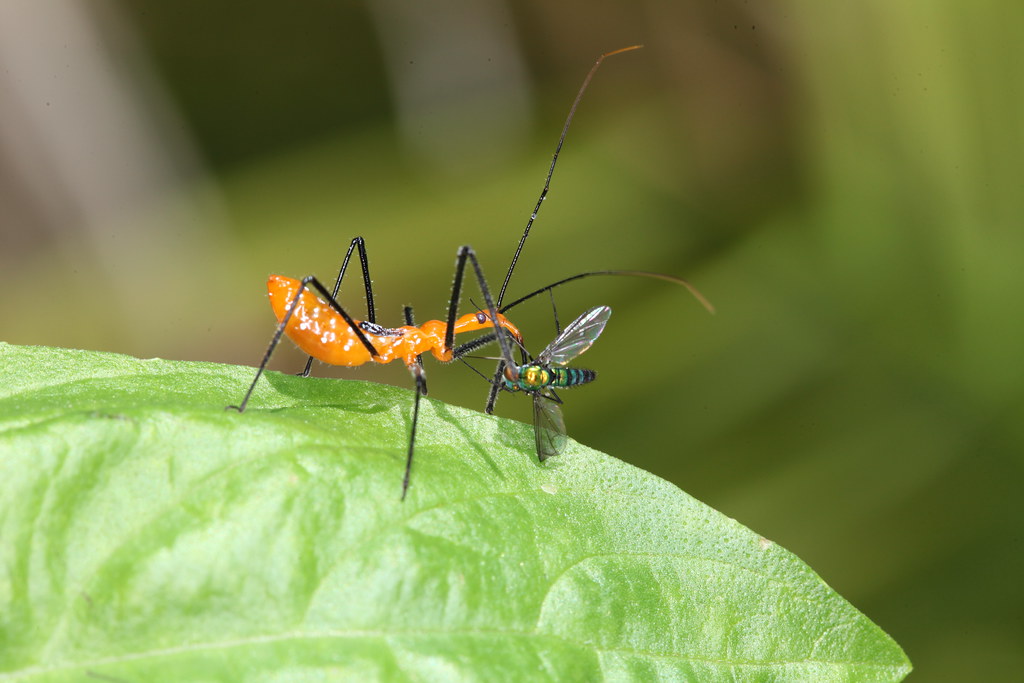
The effectiveness of the corpse coat strategy has led to an evolutionary arms race between assassin bugs and their predators. Some spider species have begun to develop increased sensitivity to movement rather than relying solely on visual or chemical cues. This forces assassin bugs to remain even more motionless when hunting, creating a deadly game of patience between predator and prey.
Birds, which are also significant predators of assassin bugs, have shown mixed responses to the corpse coat strategy. While some species are deterred by the appearance and smell of the death suit, others have learned to recognize the distinctive silhouette of a corpse-coated bug and actively seek them out as prey.
The Energy Economics of Corpse Collection
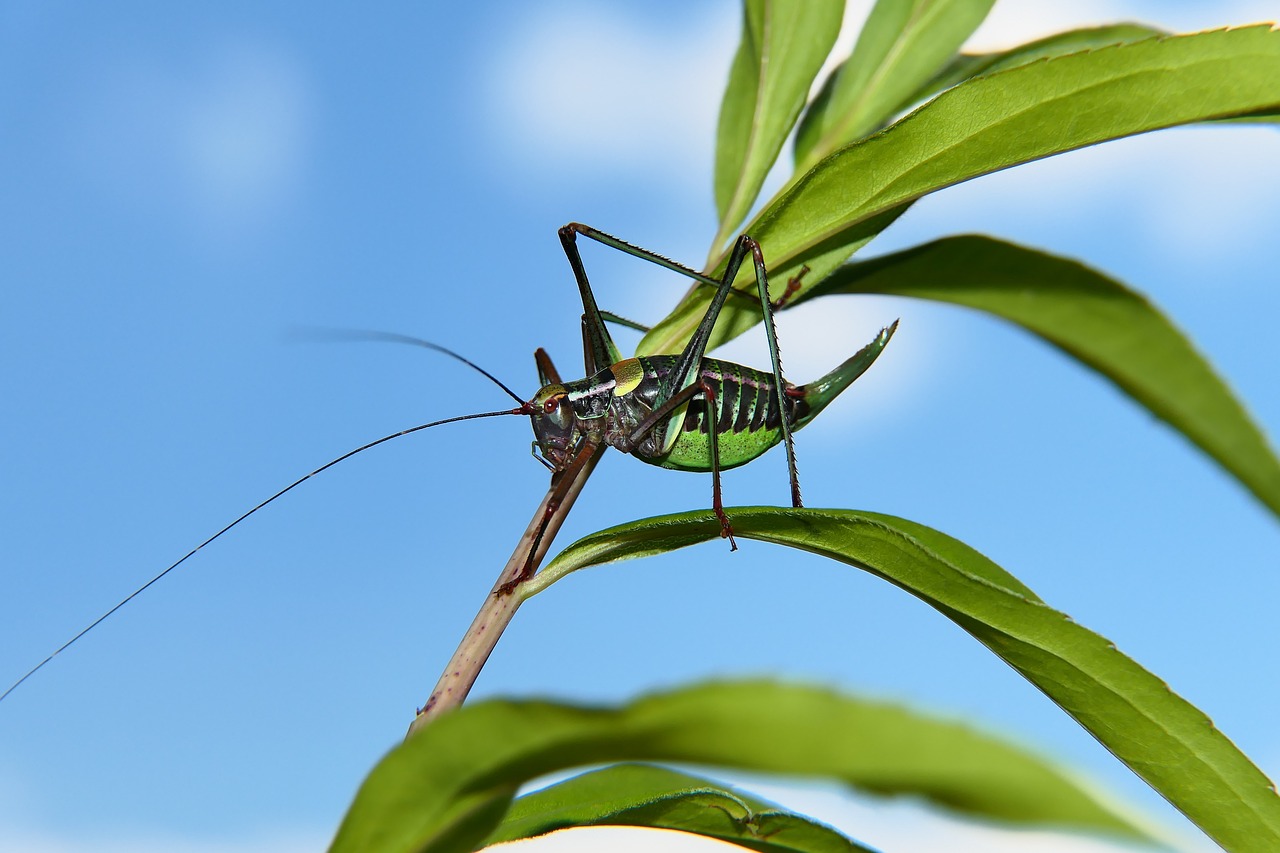
Carrying a suit of corpses requires significant energy expenditure, both in terms of the physical burden and the metabolic cost of producing the adhesive secretions needed to maintain the coat. Studies have shown that heavily laden assassin bugs move approximately 30% slower than their unadorned counterparts, making them more vulnerable to certain types of predators.
Despite these costs, the survival benefits clearly outweigh the disadvantages. Assassin bugs with corpse coats have been shown to have significantly higher survival rates and reproductive success compared to those without this protective covering. The trade-off between mobility and protection represents a perfect example of evolutionary optimization in action.
Conservation Implications and Habitat Threats
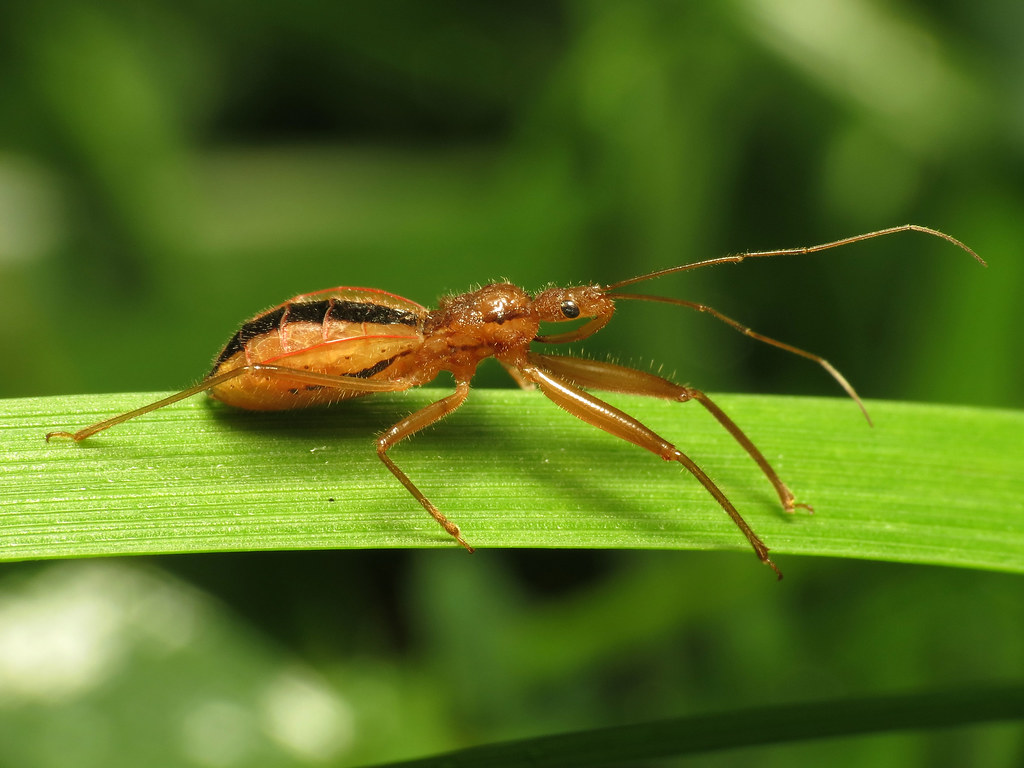
The specialized nature of the corpse coat strategy makes assassin bugs particularly vulnerable to environmental changes. Habitat destruction and pesticide use can dramatically reduce the prey populations that these bugs depend on for both nutrition and protection. Without adequate prey diversity, assassin bugs cannot maintain their protective coats, leaving them exposed to predation.
Climate change poses additional challenges, as altered precipitation patterns and temperature fluctuations affect decomposition rates and prey availability. Conservation efforts must take into account the complex ecological relationships that support this unique survival strategy, recognizing that protecting assassin bugs means protecting entire insect communities.
Future Research Directions
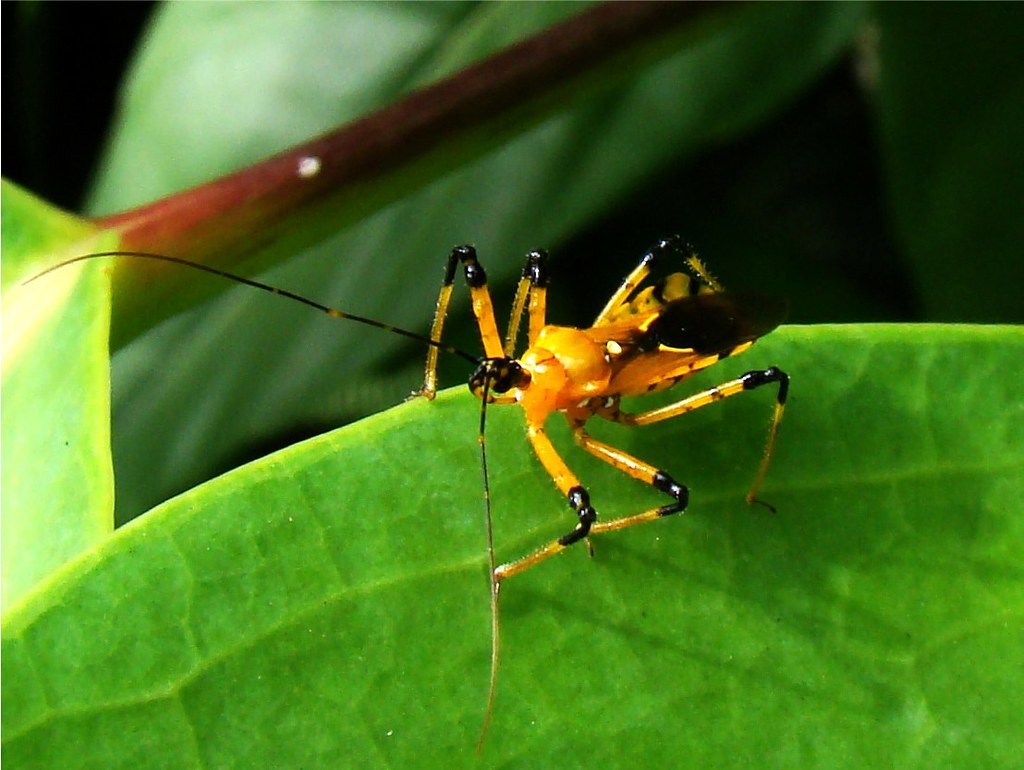
Scientists continue to study the corpse coat phenomenon, seeking to understand the full complexity of this remarkable adaptation. Current research focuses on the genetic basis of corpse-collecting behavior, the chemical composition of the adhesive secretions, and the long-term evolutionary implications of this strategy.
Advanced imaging techniques are revealing new details about how the corpse coat affects the bug’s interaction with its environment. Researchers are also investigating whether similar strategies exist in other insect species, potentially uncovering a whole new category of biological camouflage systems.
The story of the assassin bug and its suit of corpses challenges our understanding of what’s possible in the natural world. This tiny predator has transformed the ultimate symbol of defeat—death itself—into a powerful tool for survival. In a world where adaptation means the difference between life and extinction, the assassin bug’s macabre fashion statement represents evolution at its most creative and ruthless.
Perhaps most remarkably, this death-wearing strategy has been operating successfully for millions of years, hidden in plain sight among the leaf litter and undergrowth of tropical forests. It serves as a reminder that nature’s most incredible innovations often exist in the smallest, most overlooked corners of our world. What other secrets might be lurking in the shadows, waiting to challenge our assumptions about life, death, and survival?

